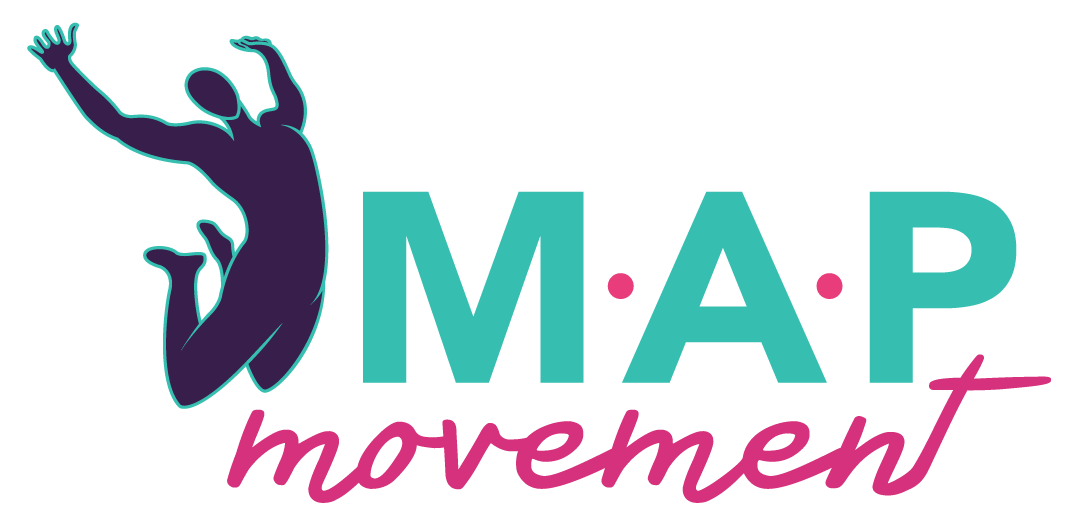My name is Marelize Badenhorst and I am a living, breathing human being. I am also a certified MAP Movement Instructor and STOTT PILATES Instructor Trainer.
On July 3rd, 2020, Christien and Lené taught a Mentor session titled, “Breathing Masterclass”. This topic was profoundly relevant as South Africa battled its first onslaught of Covid 19.
The Lockdown afforded me the privilege of enrolling in Lené van Heerden’s client Zoom classes.
Lené’s sessions reinforced the breath exercises taught in the mentor session and explained the research behind optimal breathing. Looking back, I realise I was practicing my safety and evacuation drills so that I would do the right thing when disaster struck and there was no time to think. I would need every single bit of breath training I had undergone to help me breathe through some of the darkest days of my life.
Lené’s sessions reinforced the breath exercises taught in the mentor session and explained the research behind optimal breathing. Looking back, I realise I was practicing my safety and evacuation drills so that I would do the right thing when disaster struck and there was no time to think. I would need every single bit of breath training I had undergone to help me breathe through some of the darkest days of my life.
I fell sick in the night of 18 December 2020. I knew I had fallen ill with the Corona virus. I had the whole cocktail of symptoms: the headache, fever, cough, nausea and chest pains. The rest would follow in the days after. I was fortunate not to have needed hospitalisation, and isolated in my home. By the 3rd day after falling ill, it was clear to me that breathing was going to be a problem. I noticed that my brain was not processing properly as things like operating my cell phone, reading and having a conversation was difficult. That is when my husband ordered the oximeter, a little-known device pre-Covid, now a household item to many.
Knowing one’s saturation levels was both comforting and petrifying. It did help me realise that the feeling of not being able to “take it any longer” was directly linked to the levels of oxygen in my blood. The sheer panic of feeling like you cannot breathe kicks into action a fight-or-flight response that the very ill patient can do nothing about, neither fighting of fleeing is available.
It was time for prayers that sounded like incomprehensible groans and the breath safety and evacuation plan.
I would fall out of my bed, oximeter pegged to middle finger, and assume the Rest Position, Shell Stretch or Child’s Pose depending on who is naming it. To me it was the Prayer Pose. As I lay in total surrender on my knees or prostrated over a pillow, I heard the gentle but firm voice of my teacher instructing me to inhale to maximum capacity, to challenge myself beyond comfort or perceived borders, to hold onto the in-breath, then to exhale and hold onto that. I had to focus not to gasp, not to fight, but to believe that as long as I was alive, the next breath would come to me and it would be a better, deeper and more meaningful breath if I could do it through my nose, and fight off the urge to take it too soon. It was very painful. The virus attacked the joints, muscles and ligaments in and around the ribcage and it was agonising to breathe like that. I would not have done it to my sick body had I not understood that it would be the thing that would keep me out of hospital.
This breathing ritual became the thing I did throughout the days and weeks that followed. I would read my saturation levels, then go into a few minutes of breath work and prayer, and watch with gratitude, humility and awe how the levels climbed, sometimes with 10% in a short time.



